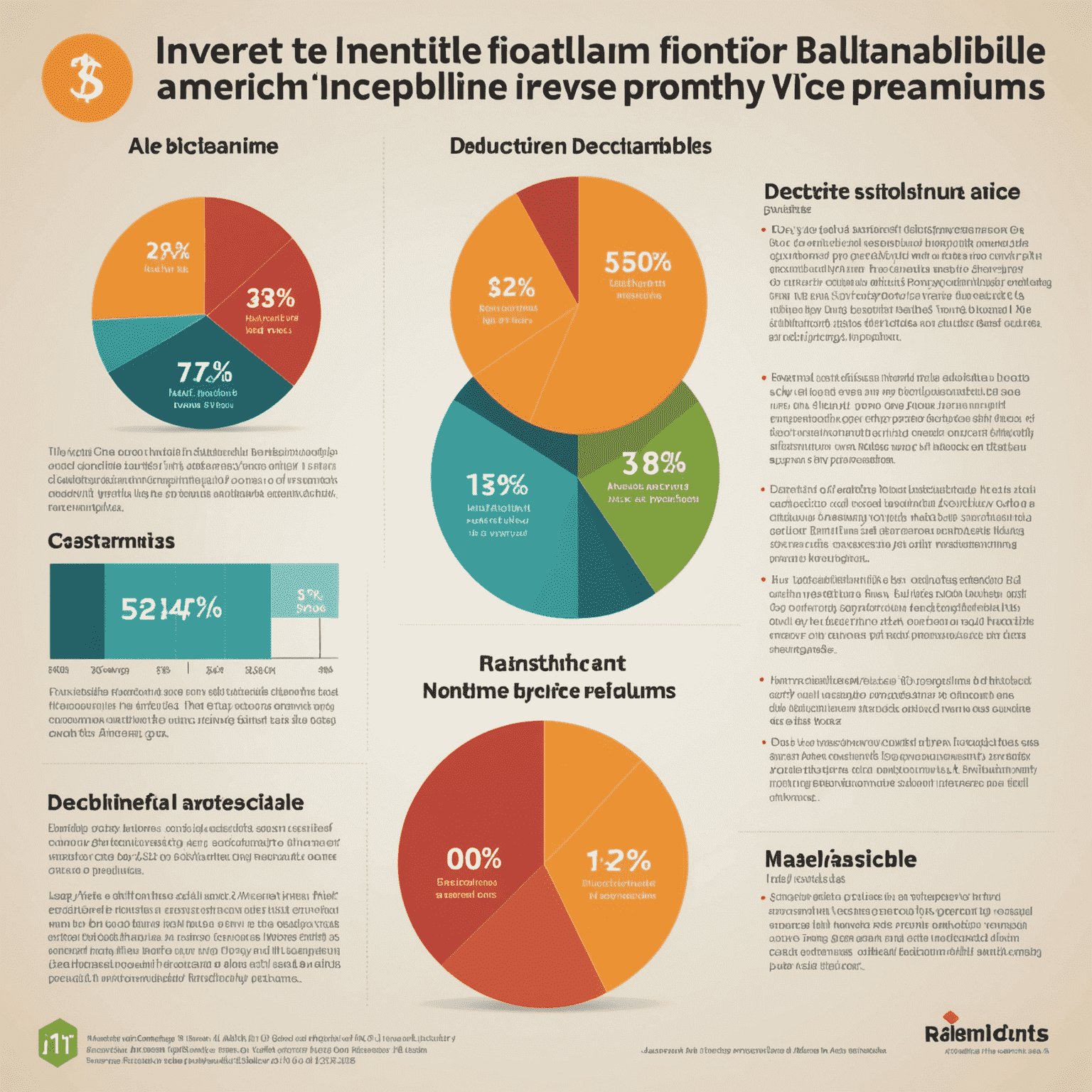Claims Process: Filing a Car Insurance Claim in Canada
Understanding how to file a car insurance claim and how deductibles factor into the process is crucial for Canadian drivers. Follow this step-by-step guide to navigate through your claim efficiently.
What is a Deductible?
A deductible is the amount you agree to pay out of pocket before your insurance coverage kicks in. For example, if you have a $500 deductible and $2000 in damages, you'll pay $500, and your insurance will cover the remaining $1500.
Step-by-Step Guide to Filing a Claim
1. Ensure Safety
First, make sure everyone is safe. If there are injuries, call 911 immediately.
2. Document the Incident
Take photos of the damage and collect information from other parties involved, including insurance details.
3. Contact Your Insurance Provider
Notify your insurance company as soon as possible. They will guide you through the next steps and may ask for the documentation you've collected.
4. File the Claim
Submit your claim either online, through a mobile app, or by phone, depending on your insurer's options.
5. Meet with an Adjuster
An insurance adjuster will assess the damage and determine the cost of repairs.
6. Pay Your Deductible
If your claim is approved, you'll need to pay your deductible before repairs begin or before receiving a payout.
How Deductibles Impact Your Claim
Your deductible directly affects how much you'll pay out of pocket for a claim. Here's a breakdown:
- Higher deductible = Lower monthly premiums, but more out-of-pocket expense when filing a claim
- Lower deductible = Higher monthly premiums, but less out-of-pocket expense when filing a claim

Tips for Managing Your Deductible
Emergency Fund
Set aside money equal to your deductible in an emergency fund to ensure you're prepared if you need to file a claim.
Review Annually
Reassess your deductible annually. As your financial situation changes, you may want to adjust your deductible.
Understand Your Policy
Familiarize yourself with your policy's terms and conditions to avoid surprises when filing a claim.
Remember:
Your deductible is a key part of your car insurance terms and conditions. Understanding how it works can help you make informed decisions about your coverage and be better prepared when filing a claim.